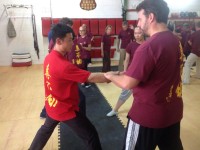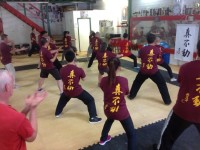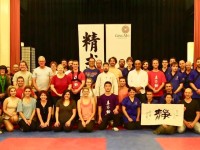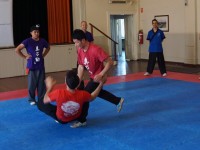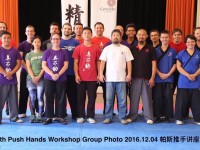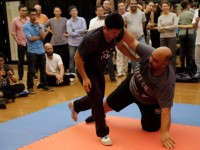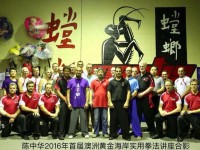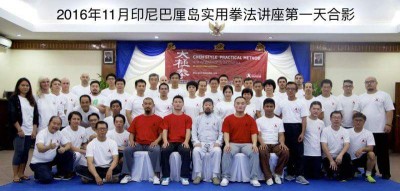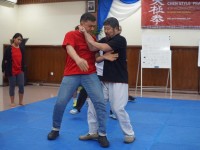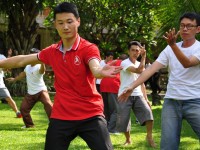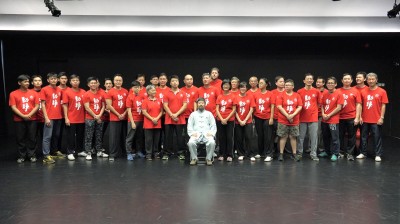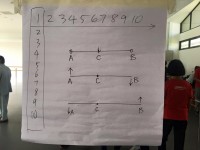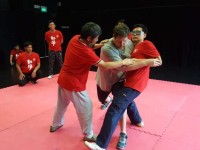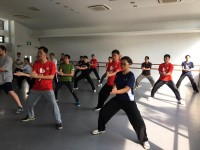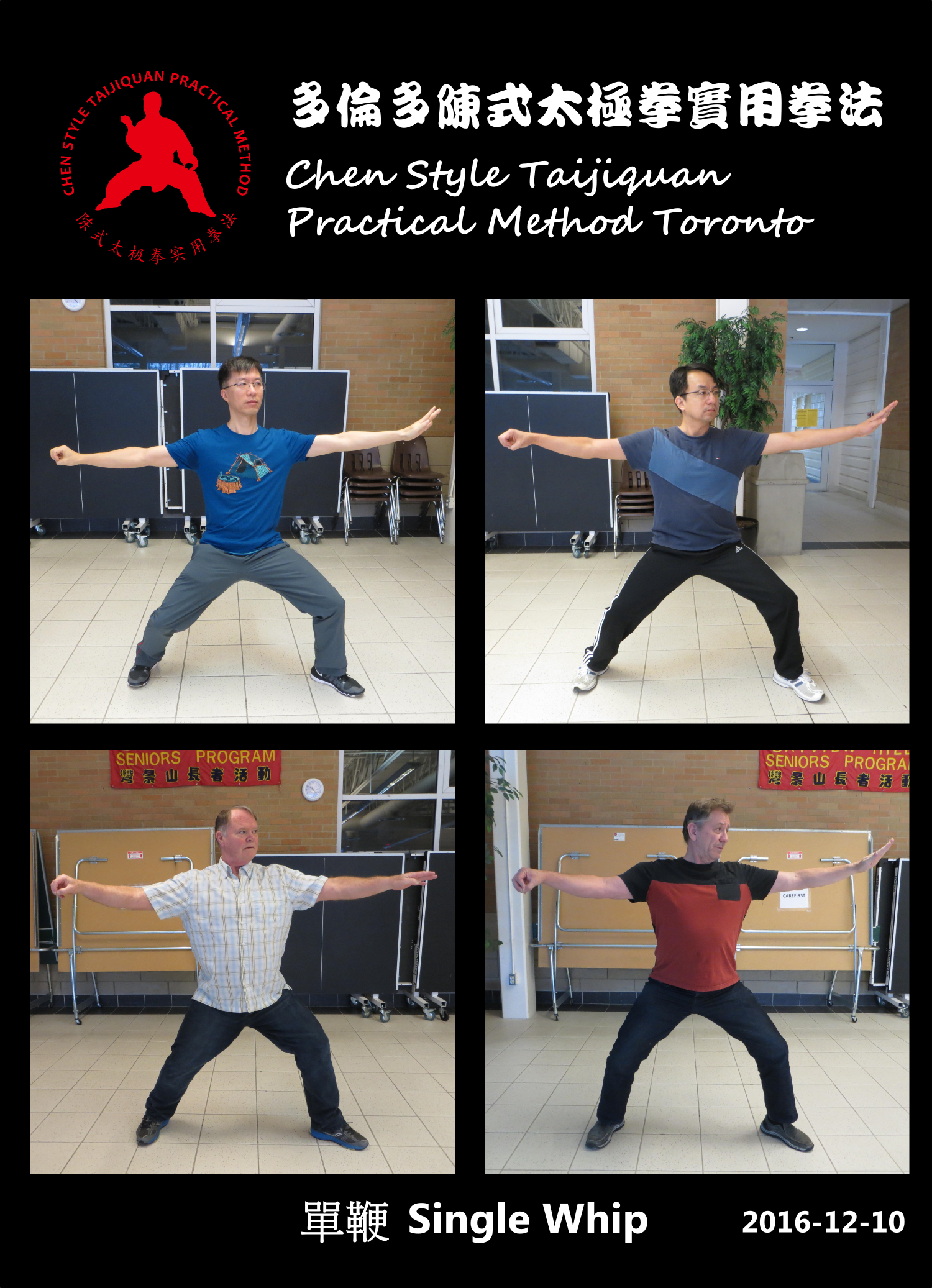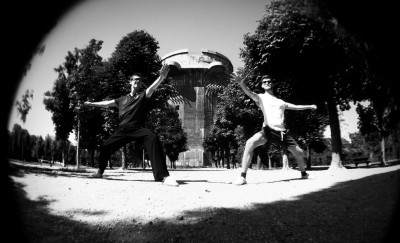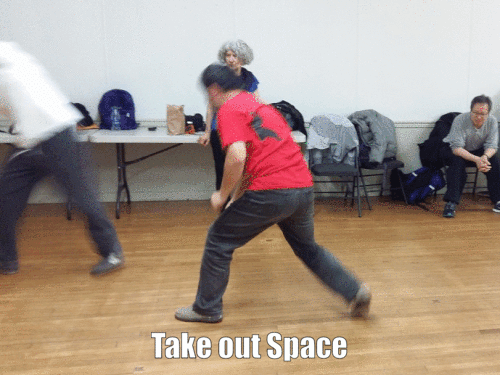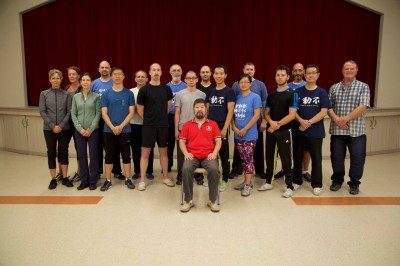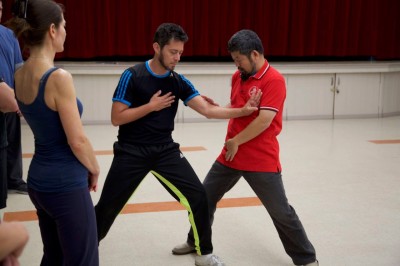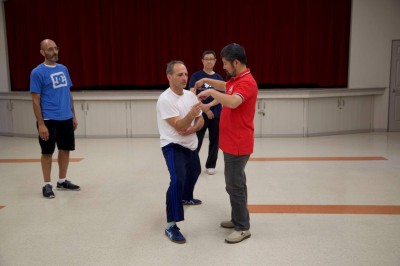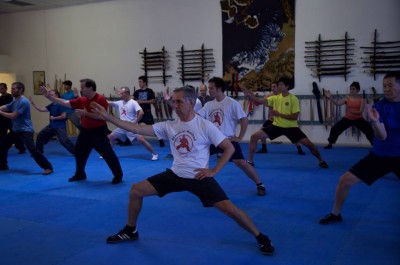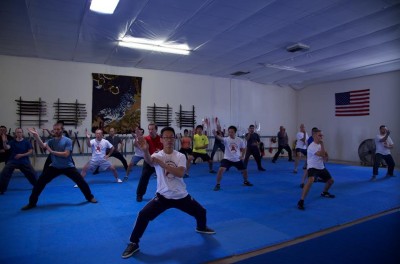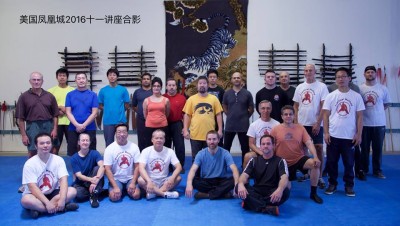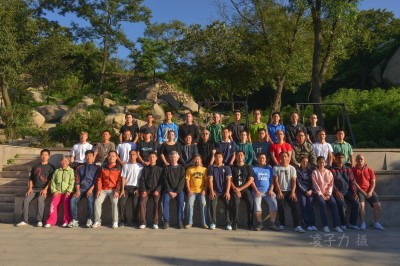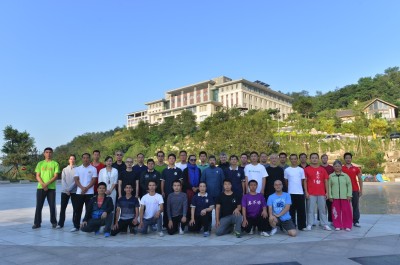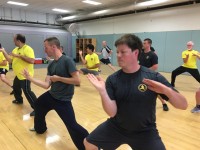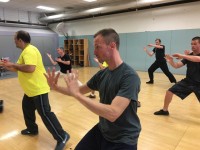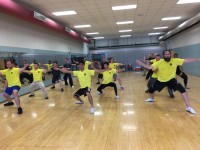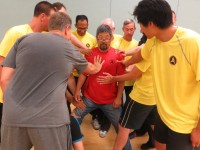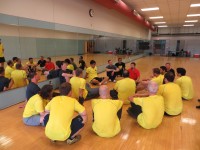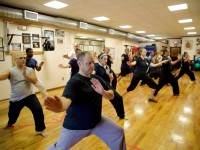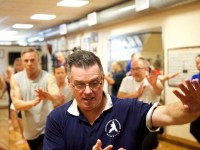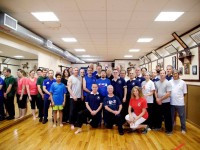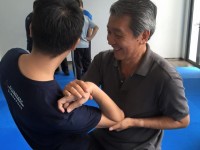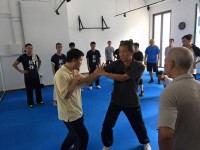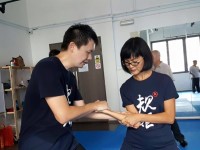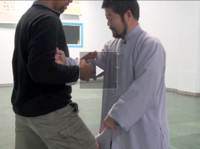Locations
Class information of Chen Style Taijiquan Practical Method. More details at chinese site
View posts in sub-category:
Athens, GA Australia Beaverton, OR Bentonville, AR Berlin Brazil Calgary Chicago Daqingshan, China Edmonton Florida Fredericton Greater Vancouver Guelph Hong Kong India Iowa (Midwest) Jakarta, Indonesia Linyi, China Milwaukee Montreal New Hampshire New York Ottawa Phoenix Poland Prague Rizhao Seattle Singapore Toronto Vienna Weifang, China Winnipeg Yantai, China
Do you want to live in tune with nature, surrounded by people striving for similiar goals, raising your children (if you have or want to have a family) in a harmonious community, rather than give them to the kindergarten?
Or do you have some money at the bank, but no idea what to do with it, how to invest AND would you like to spend some years on our mountain?
Then Daqinshan is the place for you! “Daqinshan” (大青山), literally “big green mountain” is a remote area in Shandong Province. Read more
Notes by Brian Chung on day 1 of the workshop with Master Chen Zhonghua and Chen Xu.
Notes 2016-12-10 Sydney Workshop Day 1
1. Practical Method consists of Gongfa (jibengong), Quanfa (yilu, erlu, jian, dao, waxwood pole), Yongfa (tui shou, san shou).
2. We start with only the physical. In the end, there is nothing physical.
3. 3 things we don’t work with. Breathing, Fingers, Eating. We were born with these abilities.
4. The middle must come out.
5. Did you see the middle? Did you see the red?
http://v.youku.com/v_show/id_XMTg1ODk2ODUyOA==.html
The instruction is very simple elbow in turn the waist out with hand
I found that I had bent my wrist in Block touching coat and that I repeated this wrist turn in the positive circle. Kelvin helped me understand what I had done, after correction suggested I use a mirror at home to reinforce the elbow rotation without moving my wrist independently. I took this advice and found that It really helped.
So now I bring my elbow in, it rotates more easily by turning the waist and then the straighter arm always the hand to extend better
The instruction is very simple sink kwa rotate elbow and open without using force. I found that I could sink the kwa easily but then turned to force to open the grip.
Kelvin helped me first by holding my arms but then changed the grip to using a single finger against my arm instead of holding the arm. He indicated that I should warp around the finger. This helped, I found that after I sank by stretching my fingers and wrist open it allowed me to get a better movement in my elbow which in turn allowed me to better wrap around the finger.
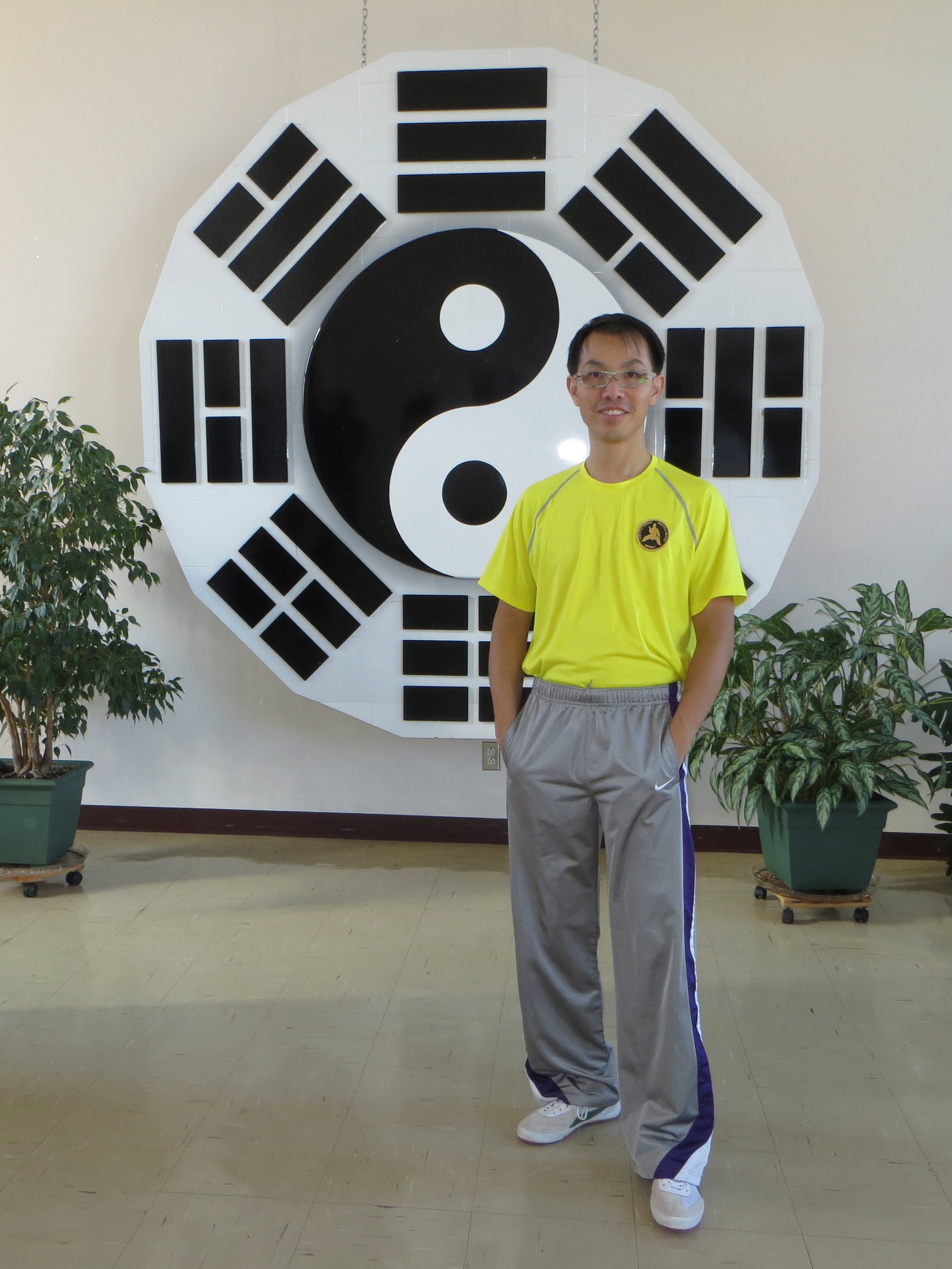
This is the first time I attended the Ottawa Workshop. Great group! Thanks Rachelle, James, and Daniel for organizing the workshop, and Rachelle for my stay at her place. Here are my notes:
- Move the feet. When we train, we fix the feet. When you push hands, we move the feet. Our feet are often not mobile enough, we must force ourselves to move them, e.g. getting in changes the pivot.
- The only way to connect is not to connect. Connection means moving and non-moving parts have a relationship. Read more
At the Ottawa Nov. 12-13, 2016 workshop, Master Chen Zhonghua talked about when doing twisting the towel or six sealing four closing, our hands and elbows must stay on the same line. Where was that line exactly? We often just imagined where that line was. He told us to use a physical object to guide us, and he used a stick to show us. In today’s class in Toronto, we started with twisting the towel and covered what I learned at the Ottawa workshop. We went on to use the railing at the community centre to do the six sealing four closing exercise.
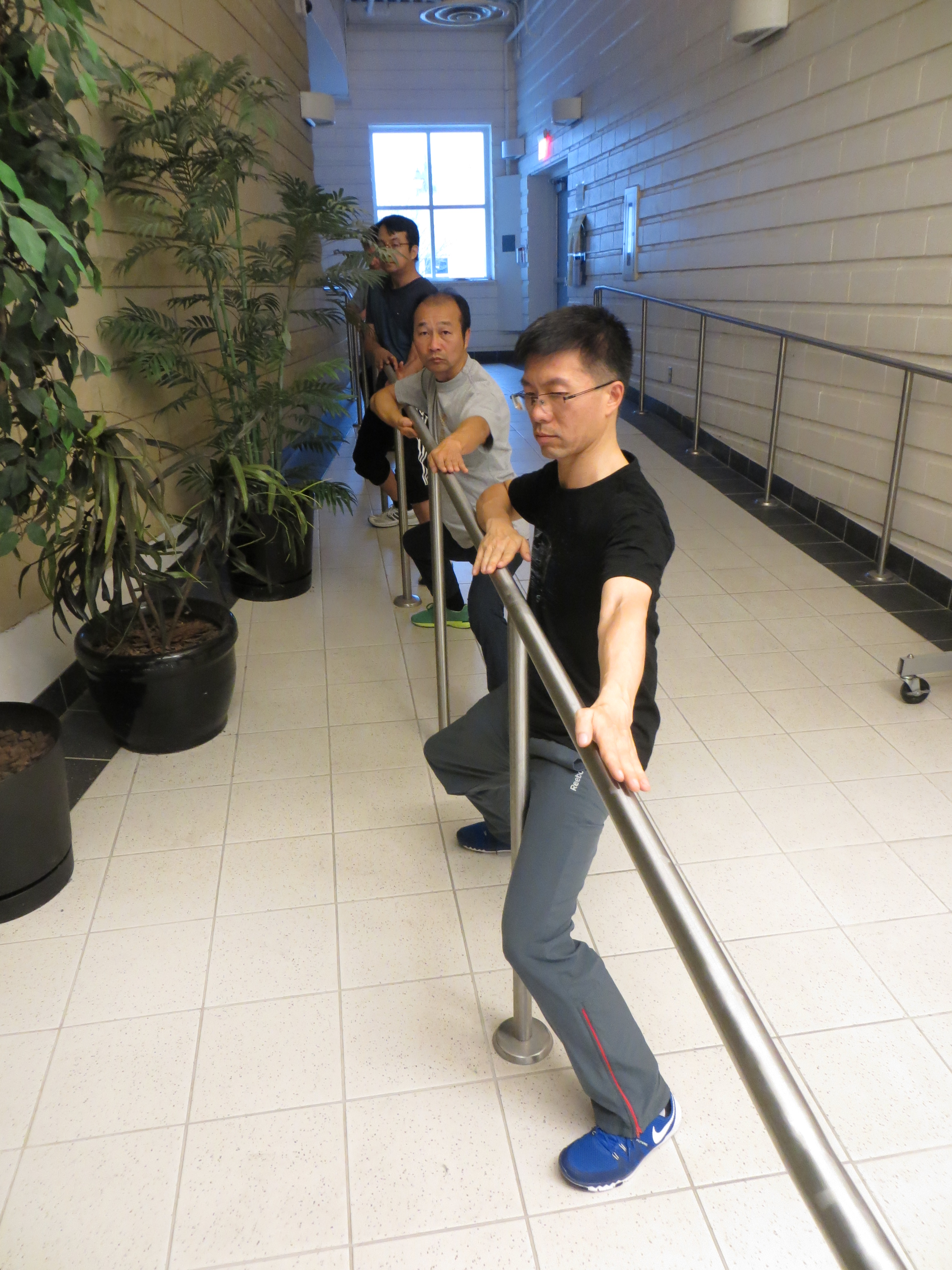
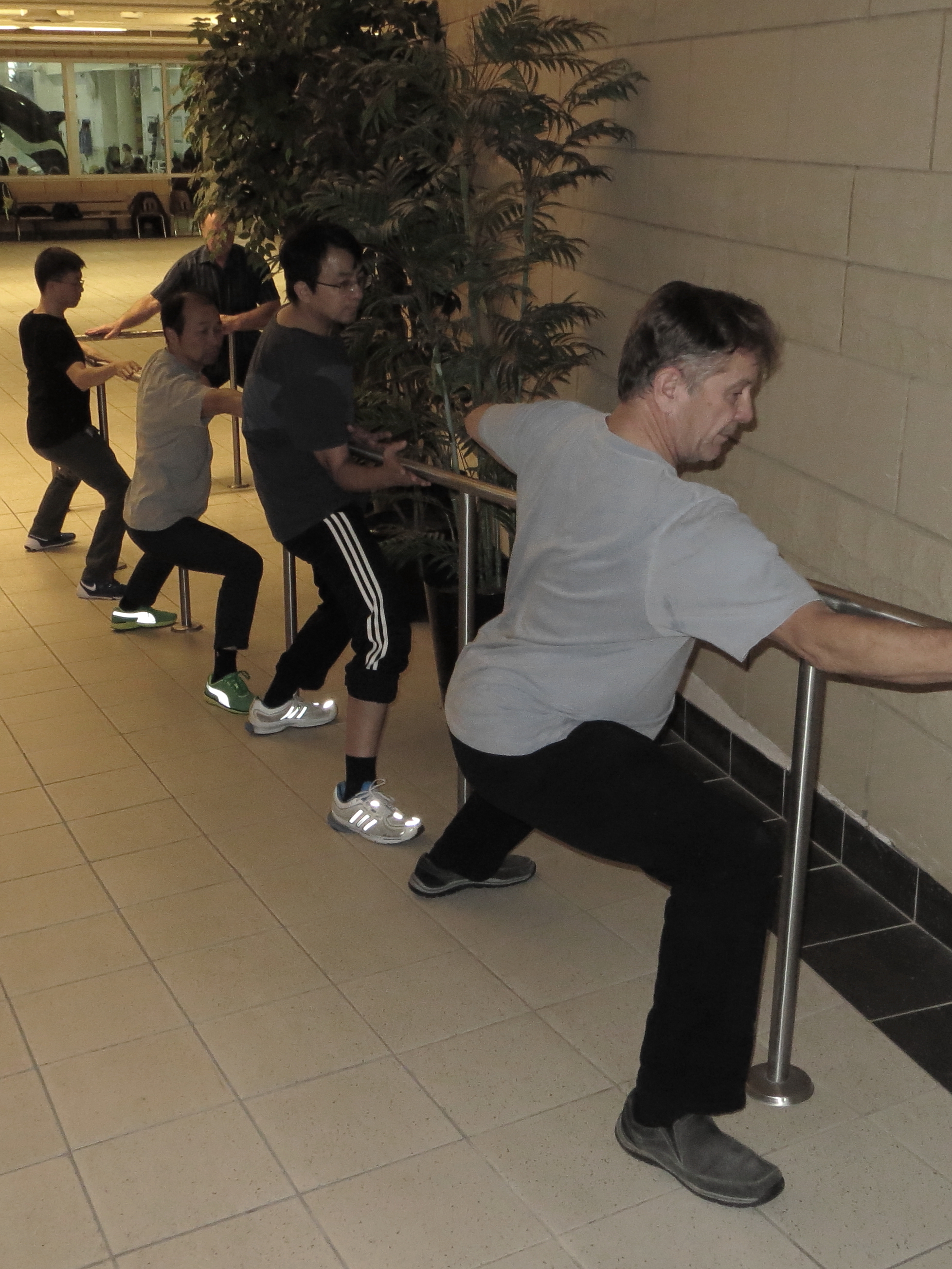
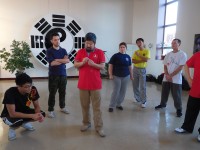 Do the form. A lot. Do it so much you never have to think about the next move, until all the movements and transitions are fluent. Only then can you work on a specific principle comfortably enough to improve.
Do the form. A lot. Do it so much you never have to think about the next move, until all the movements and transitions are fluent. Only then can you work on a specific principle comfortably enough to improve.- Finish each move (in the form) and keep going. Keep going into the next one.
- We have to be capable of anchoring power on the outside, just as we have to be capable of anchoring power on the inside. IE: body movement that anchors on the hand (hand doesn’t move), and hand movement that anchors on the body (centre line doesn’t move). Maintain consistent power on the outside while the inside stays mobile.
Read more
We are pleased to have Master Chen Zhonghua back for another workshop. This time Taijiquan training, lodging and dining will be at one location with one cost. This will be an intensive workshop focused on foundations, drills, form, push hands and applications.
Date: July 28 – Aug 1 2017
Read more
If you are in Vienna, Austria, or close to it and you want to practice Practical Method Taijiquan you are most welcome to join our growing group. We practice in different places which you can check out on our map, our main spot is currently in the 15th district at a Karate Dojo where you can find us every Saturday morning from 10:30 am to 12:30 pm.
Read more
We did a lot 13 Yilu repetition with counting. The idea is to be clear in each step of each move. Master Chen mentioned once student learn the choreography, it is helpful to break down each move to understand it better, then latter perform it together again.
This sequence of breaking and putting it back should be repeated several times as student progresses in practice.
More photos below Read more
Saturday:
1. Gear box / Bite: Don’t add extra moves. With twisting of towel you need to grind elbows on ribs. Everything is proportional and nothing is loose or it will break at higher speeds (like an engine). In this way, nothing leaks out.
2. A rock cannot have a relationship with itself; it needs to split and then one part can move around in relation to the other.
Read more
Maple Ridge Workshop With Chen Zhonghua October15/16, 2016
It was windy and raining in Maple Ridge last weekend, but in our cozy hall, Master Chen was telling us once again what he has been telling us for sixteen years: elbow in, hand out, move one thing at a time, observe your opponent, where his energy is located, see his lines.
I don’t know if it’s accurate, but I tried my best to record all I’ve heard and saw in the two-day workshop.
- Change “一” shape structure to ” V ” shape to get a 3D structure
- If there’s a V shape structure with ABC points as joints. A Taiji movement would be:
A as a hinge. It doesn’t move at all, but able to rotate.
B as a connection between two arms. Its track will not change because A and C are restricted. And will move towards the different direction of A.
C as the only free moving part. But its track must be pre-defined before it moves, and need to be related to A.
Master Chen’s Practical Method workshop and private lessons in Phoenix, Arizona, October 1-4, 2016. Read more
Practical Method Phoenix, AZ Workshop October 1, 2016 – October 2, 2016
by Chris Liu on 10/4/2016
When I discovered the Practical Method, I started watching a lot of Master Chen’s videos. This led me to read more in depth about Taiji and its rooted philosophy in Taoism. I watched, and read, and thought about it every day for over a year then one day, I finally believed I was ready to meet Master Chen. Read more
The difference in push hands 1.5 years training can make.
New 10-week course by Jean-Philippe Ranger
Starting September 29, 2016
Thursdays 5-6:30 pm
J.B. O’Keefe Centre
St. Thomas University
(Register on site)
Learn the fundamentals (jibengong), the first form ( Yilu ) and push hands (tuishou).
For more information, email: jphranger@gmail.com
Students from Singapore, Australia, Hong Kong, Germany, India, US
Video Clip below
Read more
![]()
You can also see a few pictures here.


